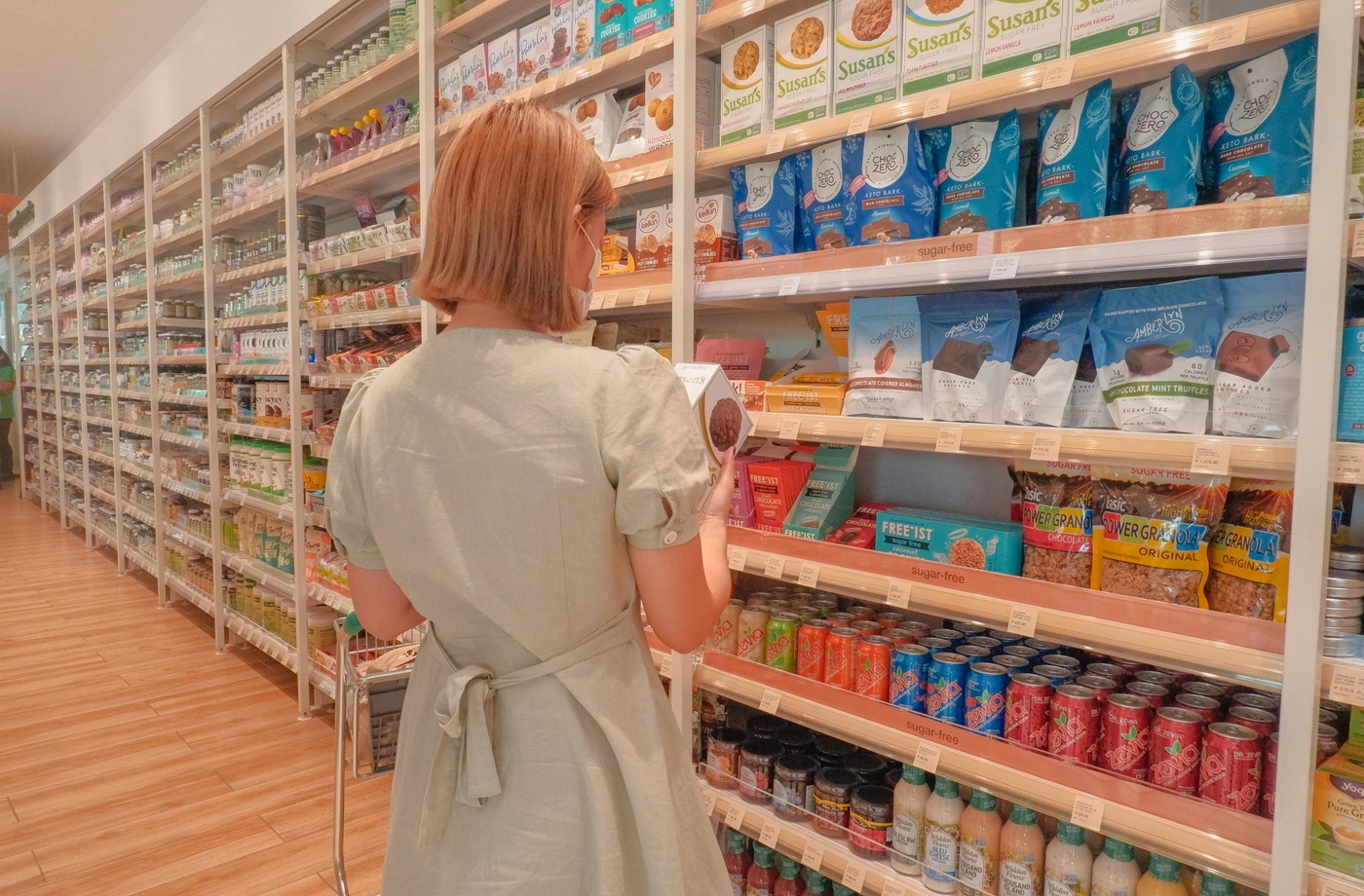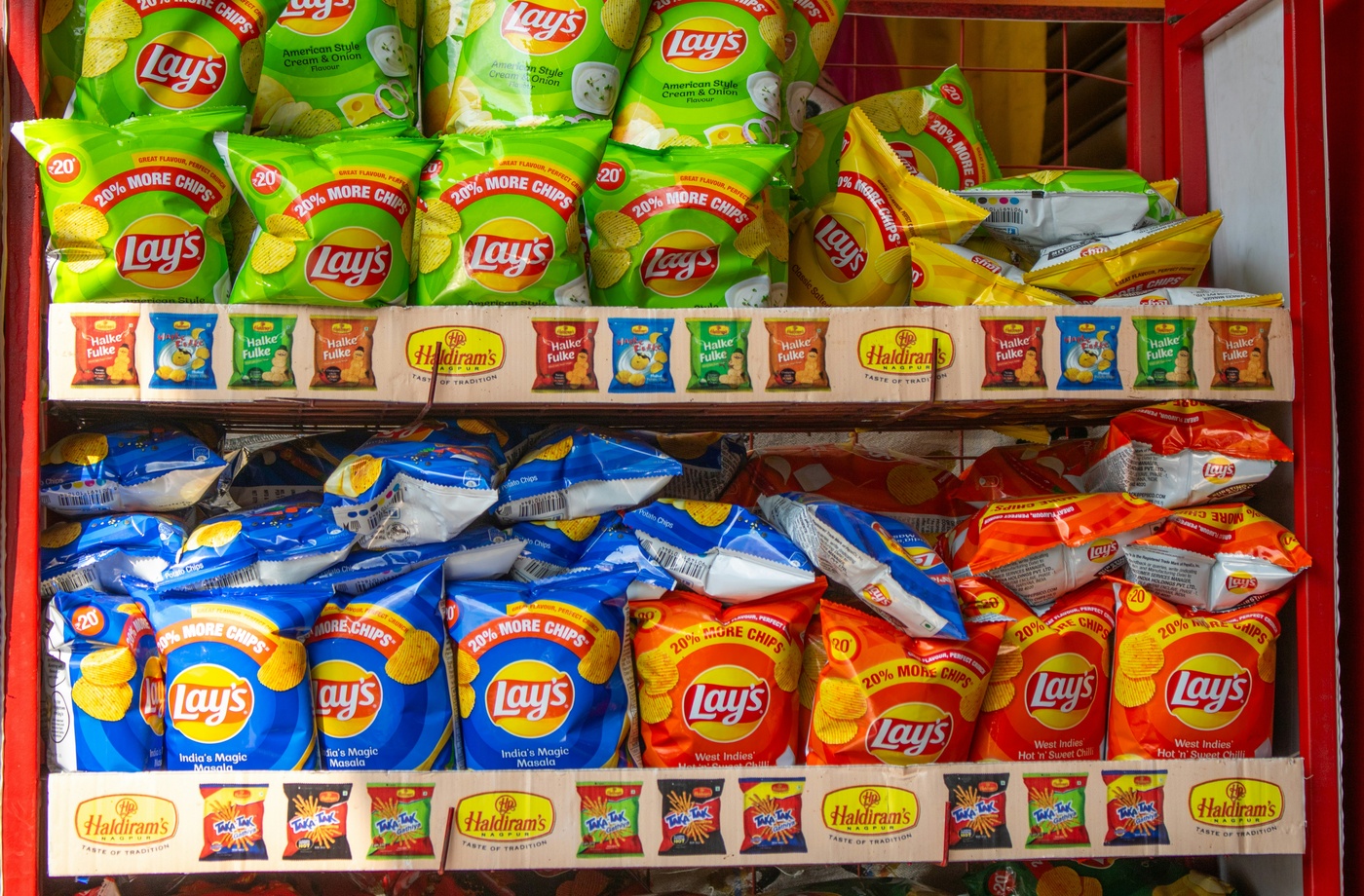A well-planned grocery list can be one of your most powerful tools for saving money. Without one, it’s easy to fall into impulse buying, forget essentials, or overbuy perishables that go to waste. Whether you’re meal planning for a week or simply restocking basics, creating a strategic list ensures you spend less and get more value out of every grocery trip.
Here’s how to build a cost-cutting grocery list that works every time.
Start with a meal plan, not a blank page
Creating a list without knowing what you’ll cook is like packing for a trip without a destination. Begin by planning your meals for the week—dinners first, then lunches and breakfasts if budget allows. Once your meals are planned, write down only the ingredients you need.
Pairing your grocery list with a simple meal plan reduces waste and helps avoid overspending on random items. Tools like Mealime or Paprika can generate lists directly from recipes.
Shop your kitchen before the store
Go through your fridge, freezer, and pantry before adding anything to your list. Check expiration dates and prioritize using what you already have. This simple habit helps reduce food waste and makes your list more efficient.
Apps like SuperCook let you enter ingredients you already own and suggest meals that require minimal extras.
Organize by store layout or category
To avoid walking in circles—and picking up temptations—organize your list into sections: produce, dairy, frozen, pantry, meat, household. This layout mirrors most store formats, which reduces time spent and helps you stay focused.
Use unit prices to compare value
When writing your list, note preferred brands and sizes, but stay flexible. Plan to compare unit prices (price per ounce or per pound) while shopping. Store brands often offer significant savings with little to no quality trade-off.
Leave room for substitutions based on sales
If your list includes fresh salmon but chicken is half the price per pound, be ready to pivot. The best grocery lists include flexibility, allowing you to swap proteins, veggies, or grains based on weekly deals.
Browse store flyers ahead of time using sites like Kroger Weekly Ad or Safeway Deals to find cost-effective substitutions before you shop.
Track prices over time for better planning
Keep a running log of staple item prices (milk, eggs, rice, etc.) to identify when something is genuinely on sale. A price book—whether digital or handwritten—can help you recognize stock-up opportunities and avoid buying at peak cost.
Stack your list with savings tools
While this guide focuses on planning, combining your grocery list with cashback tools amplifies your savings. For example, you can earn cashback with a Safeway gift card from Fluz, then scan your receipt with apps like Ibotta or Fetch for additional rebates.
You can also explore all eligible stores that offer gift card rewards through the Fluz store directory.
Final tip: print it or go digital—but always bring it
Whether you prefer a physical notepad or a grocery list app like AnyList, having your list in hand keeps your trip focused and your budget in check. Avoid browsing aisles aimlessly—your list is your savings map.



